If you frequent brewpubs, you’ve most likely heard of the term “beer flight". However, if you’re…
What Beers are Hoppy?
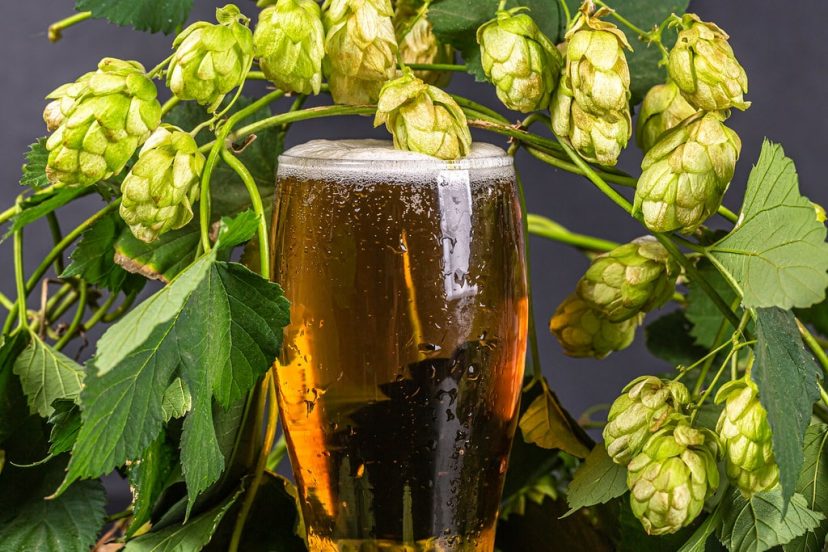
We get asked quite a bit, “what beers are hoppy?” As you may already know, hops is one of the 4 main ingredients in beer alongside malt, water, and yeast. They are responsible for the aromas, flavors, and bitterness in beers. As hops are mainly grown in the continental United States and Canada, brewers in places where hops weren’t widely available used to use spices, such as coriander, to enhance their beer. Once trading became easier due to the development of technology, brewers all around the world began to abandon the use of spices and replace them with hops, as they provide a wide variety of flavors and aromas and also have antibiotic properties.
What do we mean when we say a beer is “hoppy”?
The phrase “hoppy” can apply to a variety of things, including the fragrances of a beer, its flavor profile, or the total amount of hops used in a beer. Every beer is hoppy in the sense that it contains hops, but we typically associate them with bitter beers with high IBUs (International Bitterness Units). While this is generally true because bitter beers require a large amount of hops in their production, bitterness is only one of the characteristics that hops provide. Brewers can, for example, make beers with high IBUs to balance out the sweet malt taste found in styles like stouts and porters.
The best beers seek balance between, bitter, sweet, sour, and earthy. Hops function to get our olfactory senses working to enjoy the beer on multiple sensory levels.
The hops used and the stage of brewing at which they are added can have a significant impact on the final product. Certain hops are used to produce specific fragrances, such as “Citra,” which creates tropical fruit aromas, or “Saaz,” for spicy and herbal aromas. Saaz hops are on the neutral side and are the hop of choice for pilsners and other lager styles. Hops such as “Magnum” are also used to increase bitterness. You will find these in many beer styles, but Ambers, Browns, and lagers. Many hops are dual-purpose, meaning they are used for both aromatic and bittering purposes.
The Hoppy Beers – IPA
The IPA is the beer most associated with “hoppiness.” Brewers span the globe looking for hops to go into their IPAs that provide a spectrum of flavor and aromatic experiences. Even within the category of IPA, brewers have branched into two major categories: West Coast (aka clean IPA) or New England IPA (aka Hazy IPA).
West Coast IPA
Most commonly with West Coast IPA (WCIPA), the aroma strongly perfumes the adjacent air with pine and a bit of caramel; a stewed hop and a kilned malt that produces caramel notes, a tiny bit of pithy citrus, and a bit of bitterness.
You can smell bitterness. The tropical fruit underscores the more traditional caramel/syrupy scents. What you will notice creeping across your tongue won’t pick be juiciness, instead, there will be savory characteristics. No orange juice. No mango juice. Bitterness is the goal of West Coast IPA
New England IPA (NEIPA)
We’ve been conditioned to think that IPA’s are all about the hops; however, with the NEIPA yeast is just as important. The juiciness produced from the yeast is what keeps bringing the crazed beer fans. With WCIPA, the yeast is neutral with little to no flavor profile. The yeast just ferments the beer. With NEIPA, the yeast kicks out all of these stone fruit kinds of flavors that we associate commonly in golden ales or English bitters.
NEIPA masters underscore this yeast attributes with fruitier hop profiles. It is a different approach to getting aroma and flavor into the beer. NEIPAs are as yeast-led as they are hop-led. A silkier body is fundamental to New England IPA, giving way to less carbonation than WCIPAs. Where WCIPA bitterness attacks the tongue, NEIPA glides across it with minimal bitterness. This makes it feel more like juice.
Hops in Beer
Hops are generally added while the grain and water are boiling. The brewer has to follow a specific schedule depending on the desired outcome. Generally, the length of time hops are boiled brings out different characteristics. The longer hops are boiled, the more bitter the flavor of the beer. For example, a brewer that chooses to follow a 90 minute boil schedule might decide to add a certain hop for bittering 30 minutes in the process, another hop for flavoring 30 minutes before the end of the process, and fragrance hops a few minutes before the end of the boil. A brewer might decide to add hops again after the primary fermentation is complete. In a process called dry hopping, which lets the beer stay in contact with more hops during their secondary fermentation.
“Hoppiest” Beers
We will start with the highest IBU’s.
According to Ratebeer.com F*cks Up Your Sh*t IPA is the big daddy with 2600 IBU. To give you an idea of how well this beer was received, it only netted a 2.5 on Untappd. That rating for an IPA is all the information you need to know. This beer was basically undrinkable and is no longer in production. Alpha Fornication from Flying Monkeys our of Canada faired only marginally better with a global 3.0 avg on Untappd. Extremely bitter and murky appearance.
What hops are used to “bitter” beer. Here are just a few hops that are utilized frequently by brewers as a bittering agent: Amarillo, Citra, Chinook, Columbus, Nugget, Sorachi Ace and Summit.
Drinkable High IBU Beers
Other higher IBU beers that are much more drinkable include:
When we talk of the “hoppiest” beers we also need to include the most fragrant. Hops are one of natures gift to our nostrils. Beautiful aromas perfume the air next to the glass and seduce you with resionous pine, botanical and floral, fruity, spicy, grassy, and even garlicy. Hops like Citra, Amarillo, Cacade and Mosaic assist in the aromatics. One of the most agreed upon nostril pleasing beers around is:
Aromatic notes include A mango, pineapple, peach smoothie rife with tangy Citra, and bright, tangerine-sweet Amarillo, woven together with slender strands of earthy Mosaic.
Hoppy Beers
But hops don’t just stop with bitter and fragrant. Breweries like the world-renowned Cantillon use aged hops. These hops are generally aged around 3 years which produce some unique tannins. The aged hops retain their bittering capacity and require more time to sour than fresh hops. By aging the hops, the hops tend to take on the aromas of the barn which helps to provide that trademark barnyard funk that makes Gueuze and Lambics so unique. The best iteration of this style of the hop is done by Jester King with their Gueuze style Spon.
The aromatics are a bit funky, with soft notes of grapefruit, orange, and elderflower.
What Beers are Hoppy Conclusion
We can say that there is not one specific style that is “the hoppiest”. Styles may vary from brewery to brewery. As a general guideline, you can keep in mind that ales tend to have more clear hoppy characteristics than lagers or stouts which are malt driven and therefore are biscuity. Styles such as Triple IPAs which require 3 times the regular amount of hops are usually for hoppy.
Feature Photo Credit – https://foto.wuestenigel.com/close-up-of-a-glass-of-light-beer-and-branches-of-fresh-hops/ https://creativecommons.org/licenses/by/2.0/


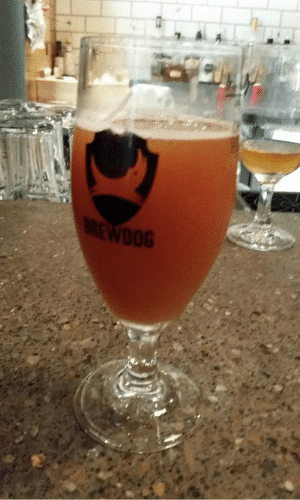
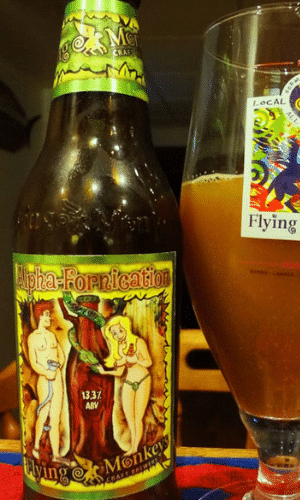
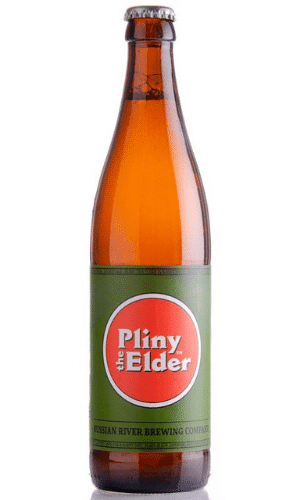
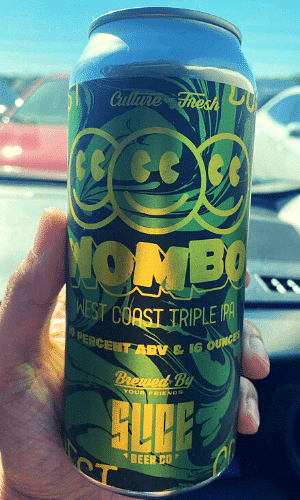
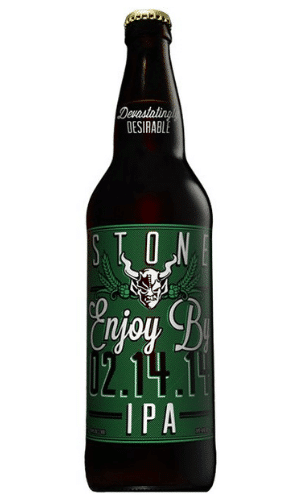
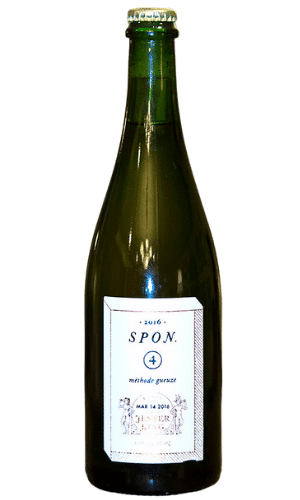
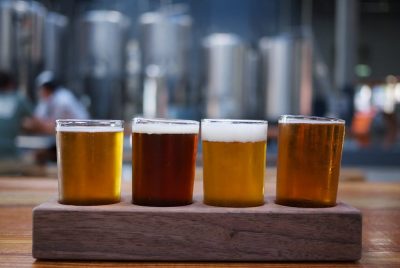


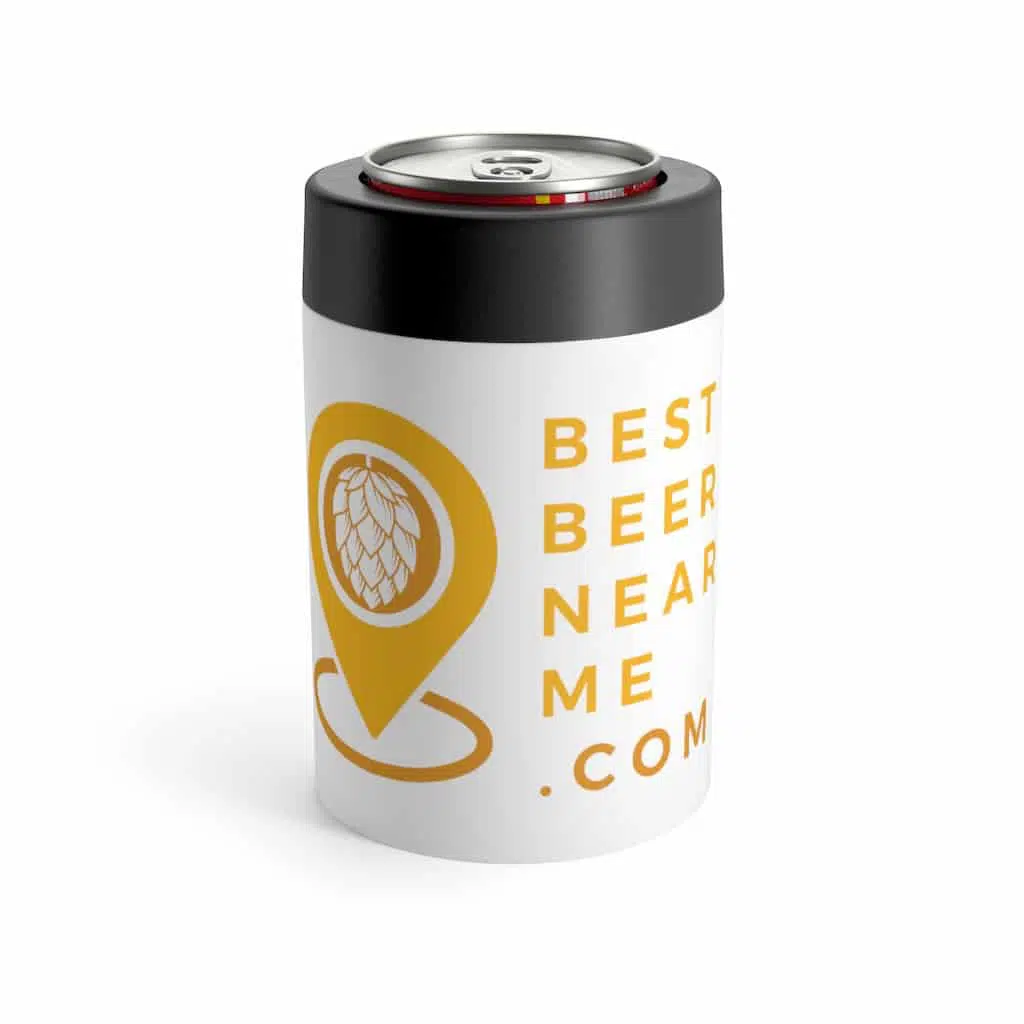

This Post Has 0 Comments